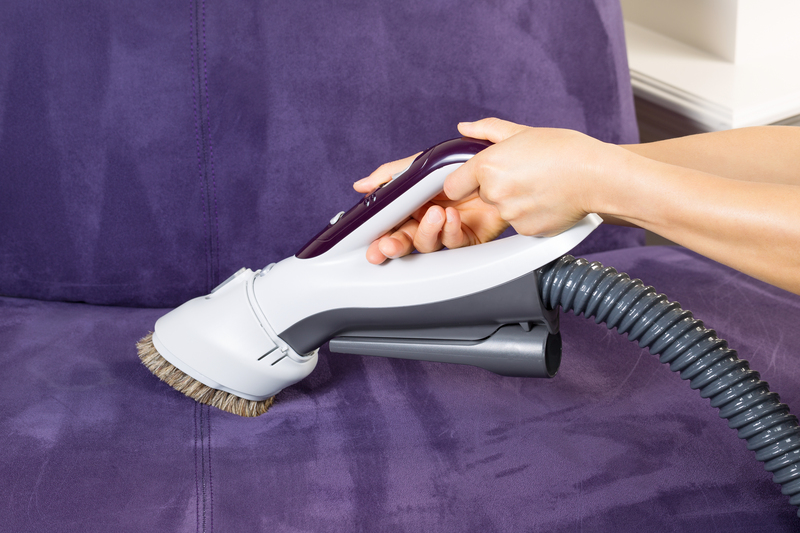Sofa Lifespan Expectations: What You Need to Know
When investing in a sofa, you aren't just buying a piece of furniture; you're selecting a staple for your living space that will serve both functional and aesthetic purposes. But one of the most critical factors buyers consider is how long their new sofa will last. Understanding sofa lifespan expectations can help you make an informed decision and ensure that your investment holds up over time.
Factors Affecting Sofa Lifespan
The lifespan of a sofa can vary significantly based on several key factors:

1. Frame Material
The frame is often considered the skeletal structure of a sofa, and its material can significantly impact longevity. Sofas with kiln-dried hardwood frames are generally the most durable, often lasting over a decade or more. In contrast, frames made from particleboard or MDF (medium-density fiberboard) tend to have a much shorter lifespan, often around five years or less.
2. Cushion Quality
Cushions are the next critical component affecting sofa longevity. High-density foam cushions or those filled with down feathers tend to maintain their shape and comfort level longer compared to low-density foam or polyester-filled cushions. On average, well-constructed cushions can last between five to ten years.
3. Upholstery Material
The type of upholstery used also plays a significant role in determining how long a sofa will last. Leather sofas often outlast their fabric counterparts, sometimes maintaining their appearance and comfort for up to 15 years. High-quality synthetic fabrics can offer durability more comparable to leather, lasting around 7-10 years, whereas cheaper fabrics might wear out within five years.
4. Usage and Maintenance
How often and how well you maintain your sofa can also make a big difference. A sofa in a high-traffic area that's frequently used by multiple family members (and possibly pets) will naturally experience more wear and tear than one in a seldom-used formal living room. Regular maintenance, such as vacuuming, fluffing the cushions, and professional cleaning, can extend the lifespan by several years.
Typical Lifespan Expectations for Different Sofa Types
Understanding typical lifespan expectations based on sofa types can help you set realistic expectations:
1. Fabric Sofas: Generally last 7-15 years depending on material quality and usage.
2. Leather Sofas: Typically have a lifespan of 10-20 years with proper care.
3. Sectionals: Lifespan can range from 7-15 years, depending on the quality of both the frame and cushions.
4. Sleeper Sofas: Have a shorter lifespan, often around 5-10 years due to the additional structural strain from the bed mechanism.
Pros and Cons of Different Sofa Materials
Choosing the right material for your sofa is crucial for both comfort and longevity. Here's a quick rundown of the pros and cons:
1. Leather:
- Pros: Durable, easy to clean, and ages well.
- Cons: Can be expensive and may require occasional conditioning.
2. Fabric:
- Pros: Wide variety of designs and textures, generally more affordable.
- Cons: Can stain or wear out quicker; harder to clean than leather.
3. Synthetic Fabrics:
- Pros: Highly durable, often more affordable, and easier to clean.
- Cons: Can lack the comfort and look of natural fabrics.
Tips for Extending the Life of Your Sofa
To make the most of your investment, follow these tips:
1. Regular Cleaning: Use a vacuum with an upholstery attachment to remove dust and debris from cushions and crevices.
2. Fluff Cushions: Fluffing cushions regularly prevents them from becoming flat and uncomfortable.
3. Rotate Cushions: Rotating cushions can help distribute wear evenly.
4. Use Slipcovers: A slipcover can protect upholstery from stains and wear.
5. Professional Cleaning: Schedule a professional cleaning annually to maintain the fabric or leather quality.

Takeaways
- Material Matters: The type of frame, cushions, and upholstery you choose significantly affect your sofa's lifespan.
- Maintenance is Key: Regular cleaning and care can extend the life of your sofa.
- Set Realistic Expectations: Understanding typical lifespan expectations can help you choose the right sofa for your needs.
Conclusion
Choosing a sofa that will stand the test of time involves understanding various factors such as material quality, usage, and maintenance. By paying attention to these aspects and investing in durable materials and proper care, you can ensure that your sofa remains a comfortable and attractive centerpiece in your home for many years.


